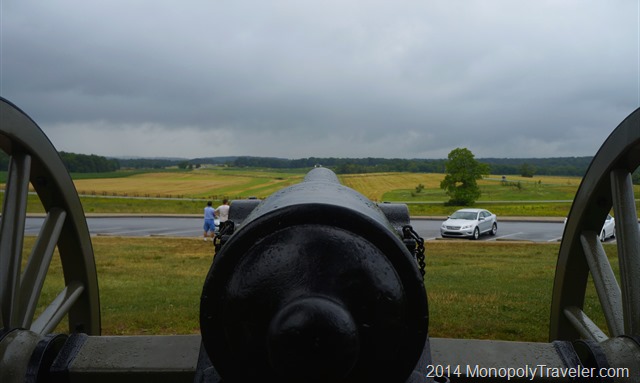
The American Civil War was one of the pieces of history that interested me the most growing up. In particular, the battle of Gettysburg. After deciding to go on these Monopoly Adventures and receiving this National Parks board, I was very happy to see Gettysburg on it as one of our destinations. Leaving Washington D.C. towards this national park I had surprisingly mixed emotions. This is a place I wanted to visit so there was some excitement but at the same time there was a desire to not go to these historic battlefields. I didn’t really want to see the location of this famous three day battle which took so many lives and wounded so many others both physically and mentally.
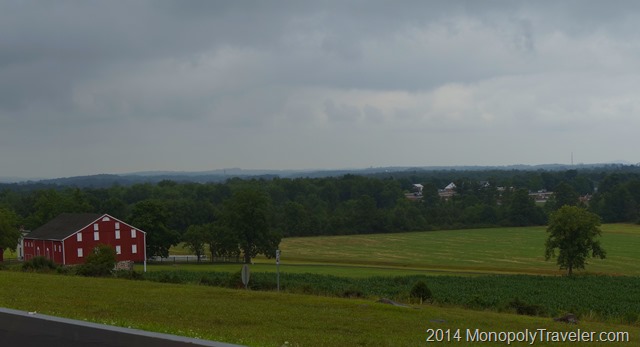
Sometimes doing things we don’t want to do helps us to get perspective and gain life experience and so we continued on to this place forever written into history. Upon arriving there were three ranger programs that I absolutely wanted to hear covering each day of the battle between the Union soldiers and the Confederate soldiers. The first was about to begin so we made a quick stop at the visitor center and then off to the meeting place of the program covering July 1st when these two armies first engaged each other. It was interesting to learn where each army was located before, during, and after their different engagements and how this Gettysburg battle changed as more and more soldiers arrived to this area. We started to see the different strategies of each side and the successes and failures as fighting continued.
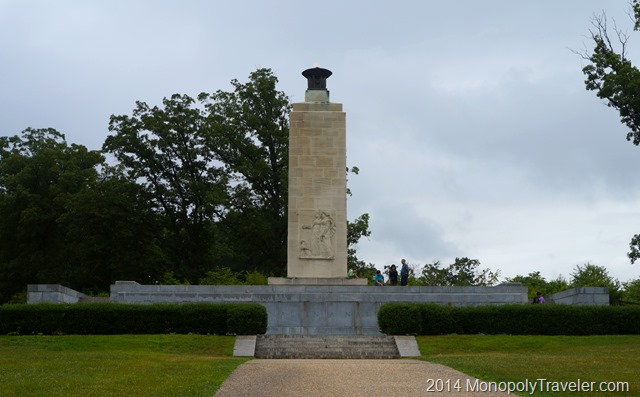
Even after this first ranger program, I still had a difficult wanting to stay at Gettysburg National Park. There wasn’t a lot of interest to continue to experience more as I was having difficulty imagining all that was happening during these battles. We continued to drive to different areas of the park and get a closer look at the landscapes these armies traveled through and engaged one another at trying to become more interested and educated. It was time for lunch and we were all getting hungry so we began to head for town and find a place to eat before the next ranger program. On the way I wanted to quickly go through on other area. It turned out to be a one way drive that went on for several miles with many different stops.
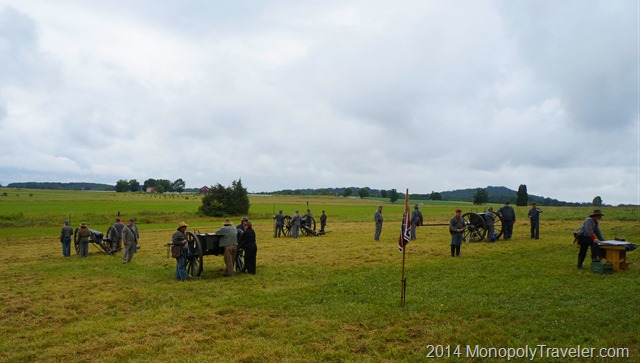
There were a couple of places we got out of the car and read a few posted signs while taking pictures and then moved on. Being in a little bit of a hurry, I was driving faster to see the sights and then get lunch. Getting a little frustrated at how long this drive was and how much time it was going to take to get off this one way street, we came upon a small encampment with people dressed in Confederate uniforms walking around canons. Unsure if we should stop or not we decided to park the car and at least check out what was happening. As it turned out, this was a demonstration showing the loading and firing of Civil War canons and the different types of shots that could be used against an opposing army. We had no idea that this was going to happen and felt fortunate to be able to witness these cannons as they were loaded and fired three times.
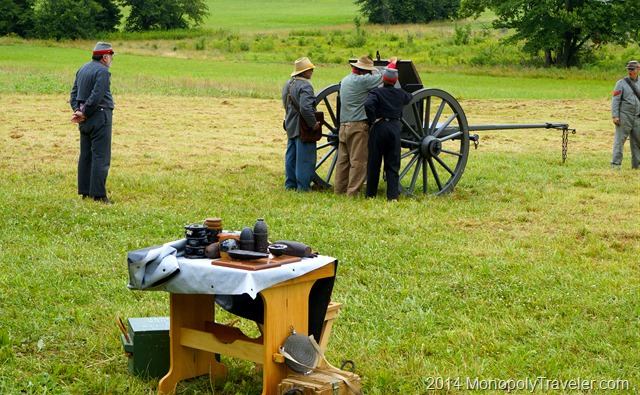
This event that we accidentally encountered made a tremendous difference in our time at Gettysburg. Seeing and hearing these cannons fired with the soldiers around them allowed us to finally imagine these battles going on between the north and south. The load booms as they were ignited and then all of the smoke billowing from the end of each canon set a very different and real tone for our day. Without these live cannons, our time here would have been significantly less meaningful and educational. Once the demonstrations had concluded it was off to find a quick bite to eat and then on to the second ranger program.
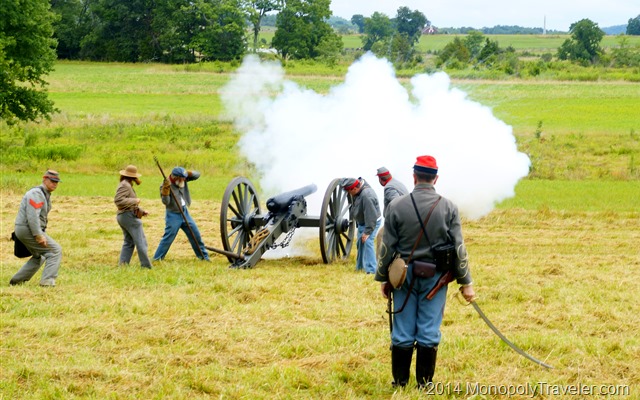
So much more was gained from this second informational talk because now we had an idea of the surrounding landscape and how these armies engaged one another. Plus we could imagine these battles taking place thanks to the cannon demonstrations. After a short time it began to feel like we were actually there during the war. After this program completed we drove around the park for a while and eventually arrived at the third program covering July 3rd of the Gettysburg battle. I was very interested in hearing how the final day of fighting in Gettysburg went and seeing the ground these soldiers engaged upon. This talk began and about half way through we began to get wet with heavy rainfalls moments away so we left and headed for the car hoping to stay dry. That didn’t happen. We decided to head for the visitor’s center once again to get our Monopoly board signed and then be on our way.
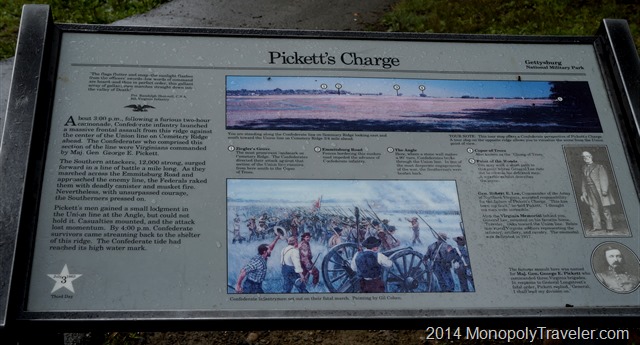
As I continue to reflect on our day experiencing Gettysburg, I wondered what it would have been like to live in Gettysburg and have fighting all around my house for three days. To witness these armies fighting and the pain and death that followed in a place that is suppose to be relatively safe – your home. I also realized how important adding times to these battles were to add to the realism of the war. Stating that the fighting began at 8am at a certain location and by 1 pm the fighting started in this area here and by 3:30 pm this army was retreating or this army was advancing to here really had an impact on me. It made things so much more imaginable and something I could relate to. Gettysburg is a place of great interest and sadness now and an experience I won’t forget.
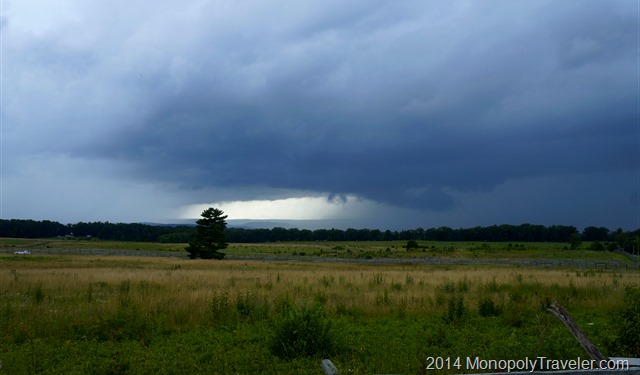

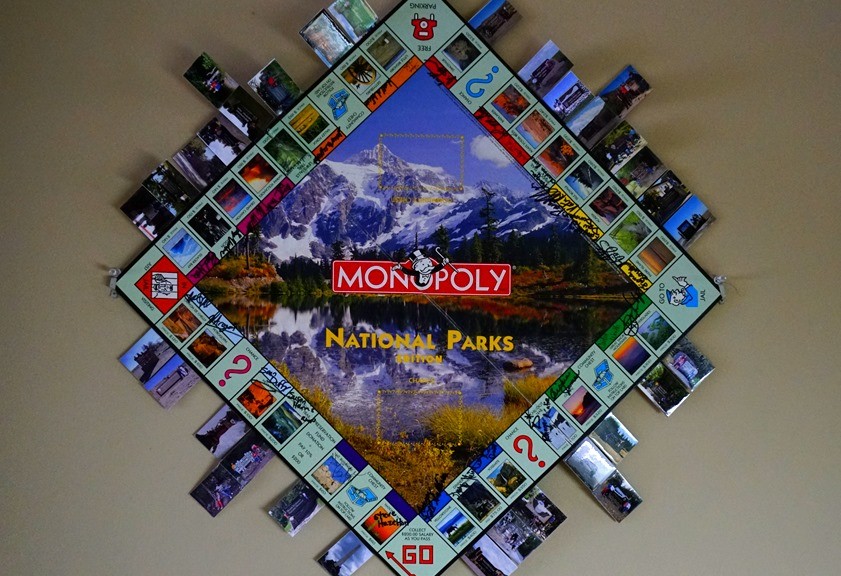
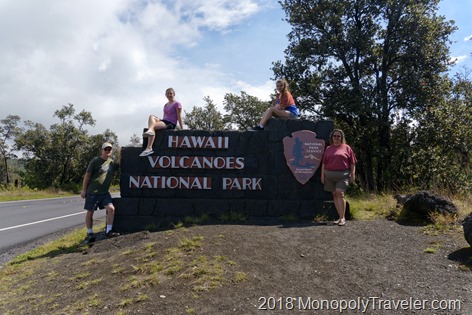
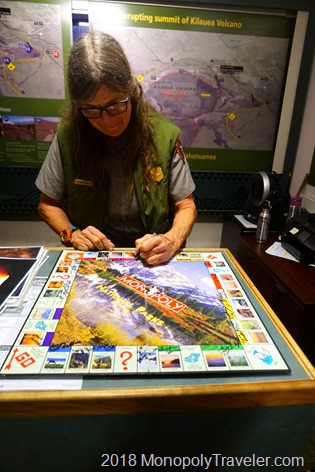
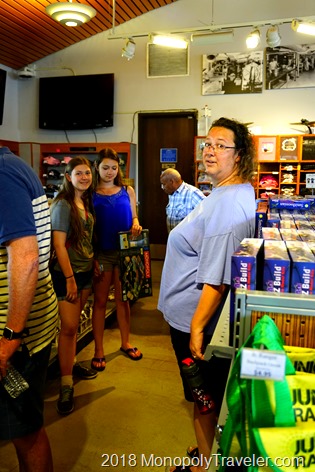

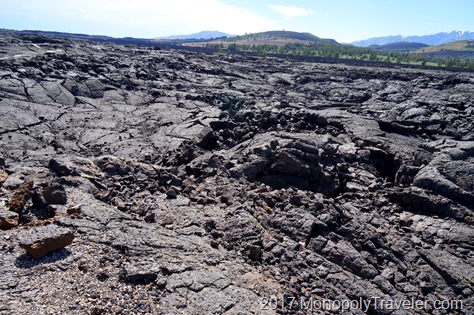
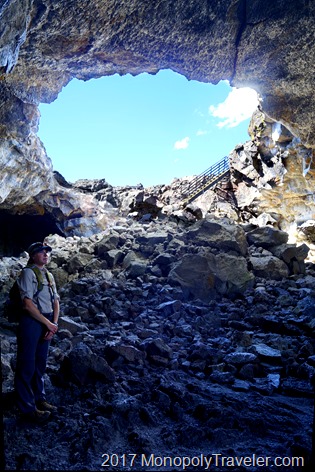
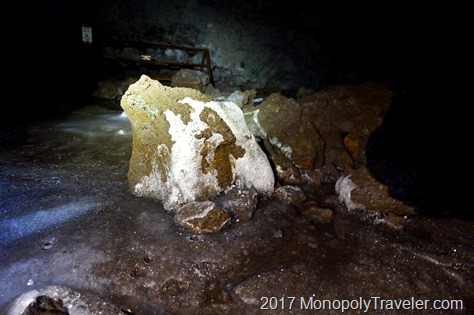
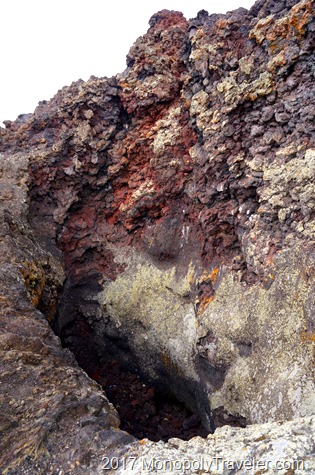
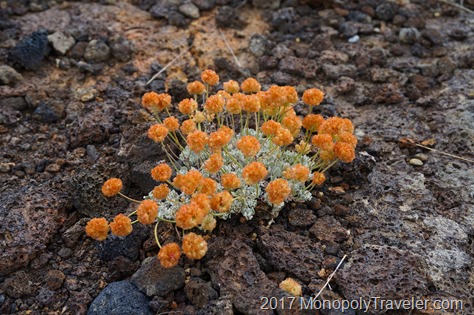
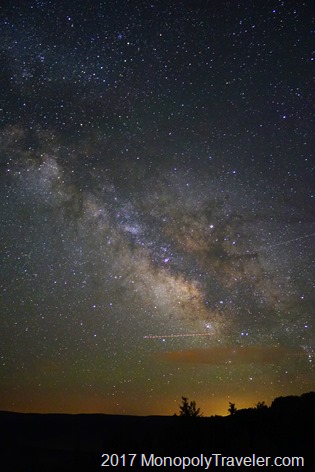
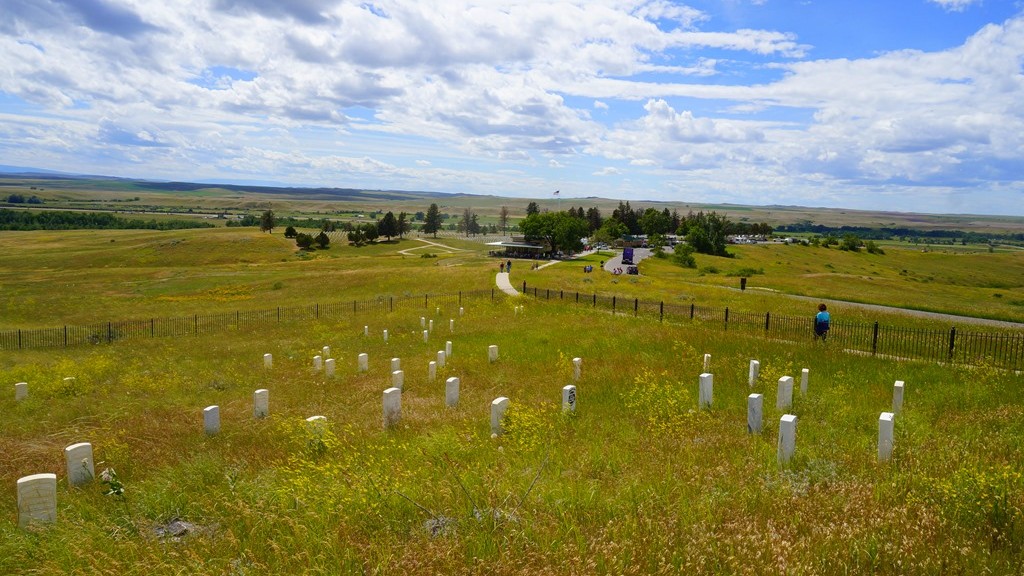
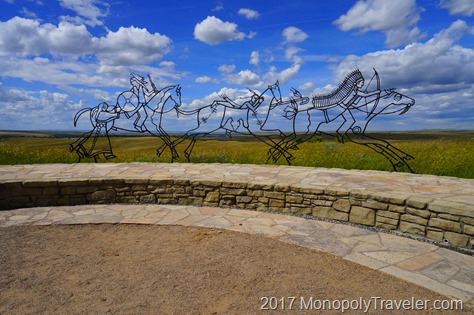
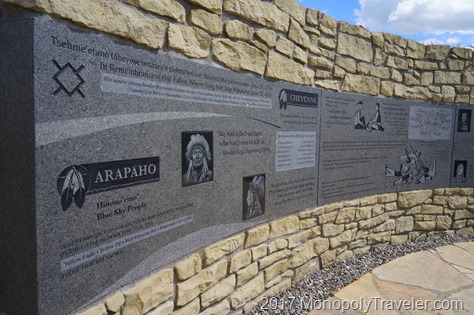
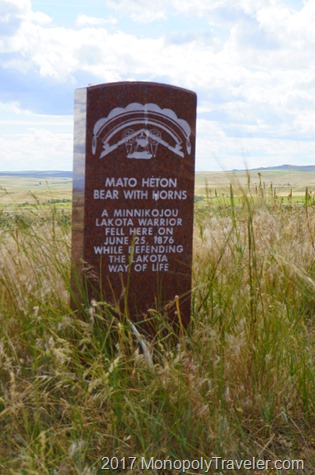
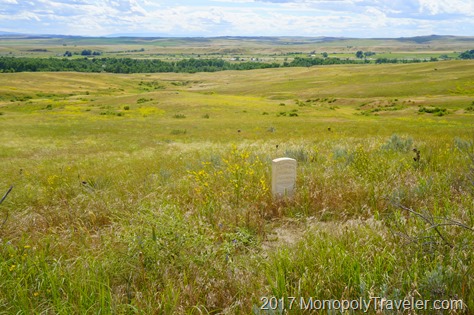
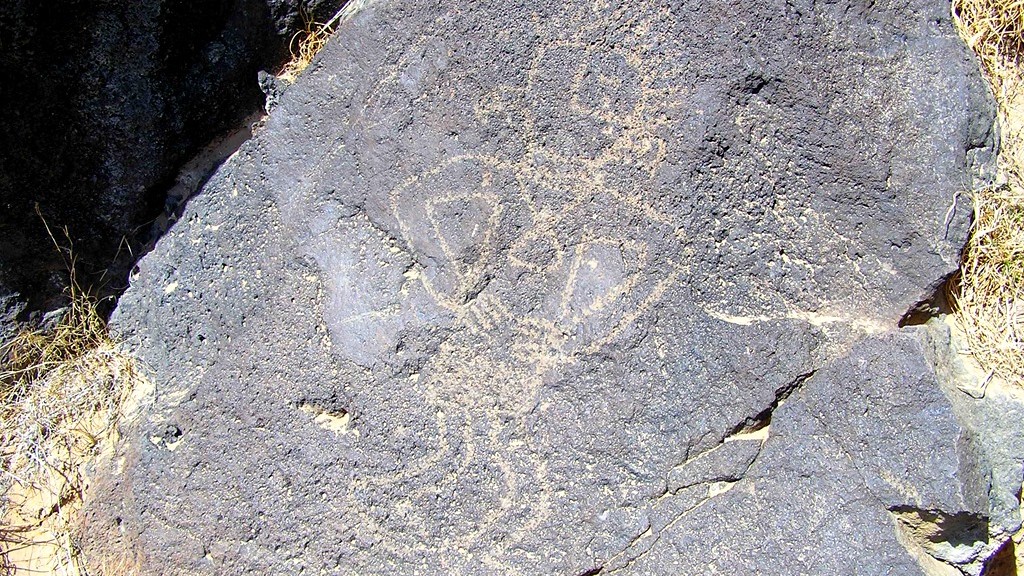

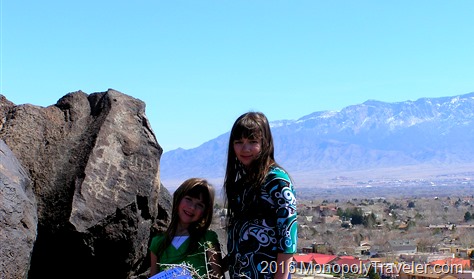
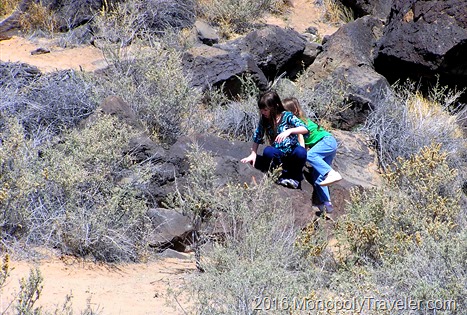
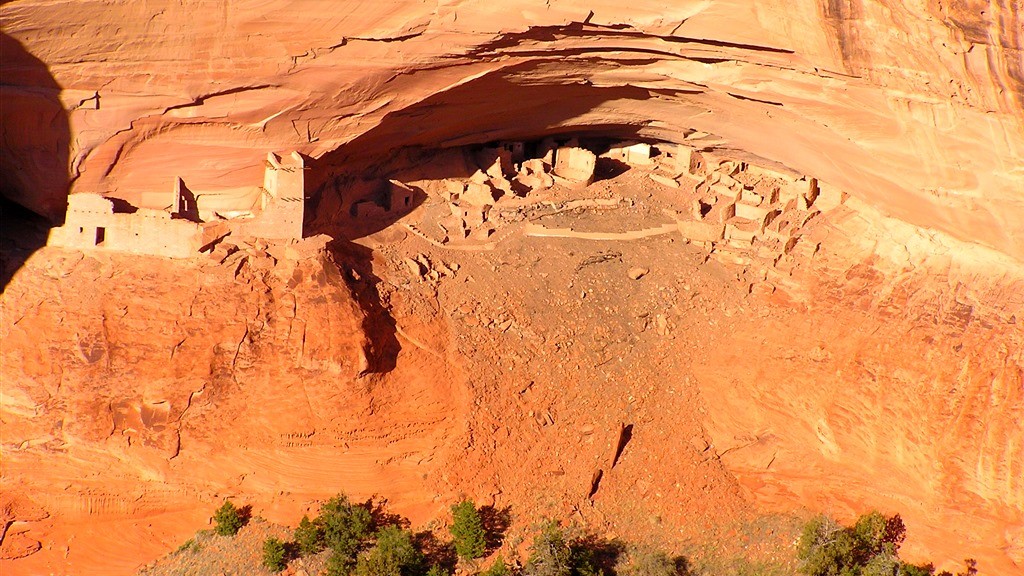
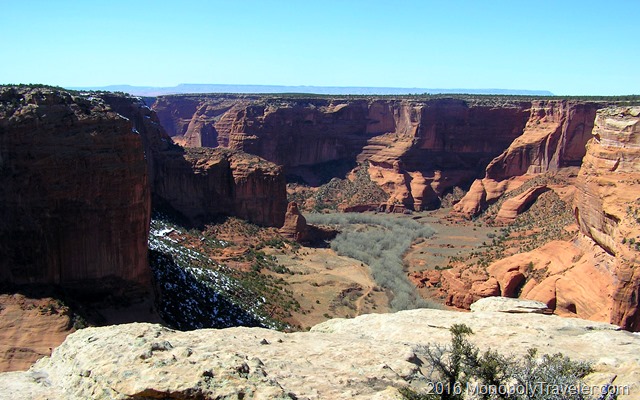
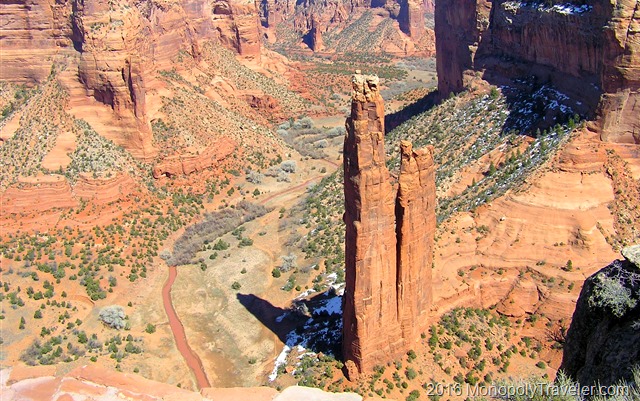
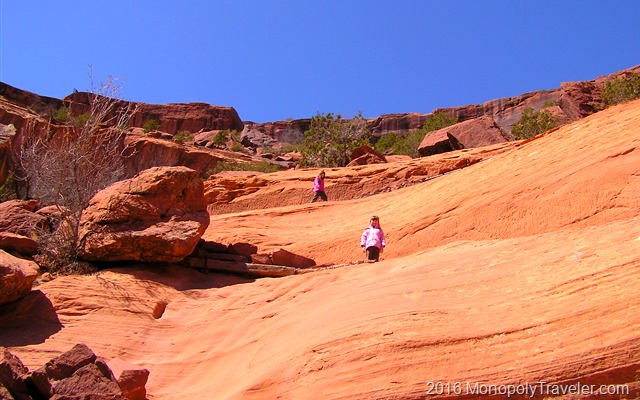
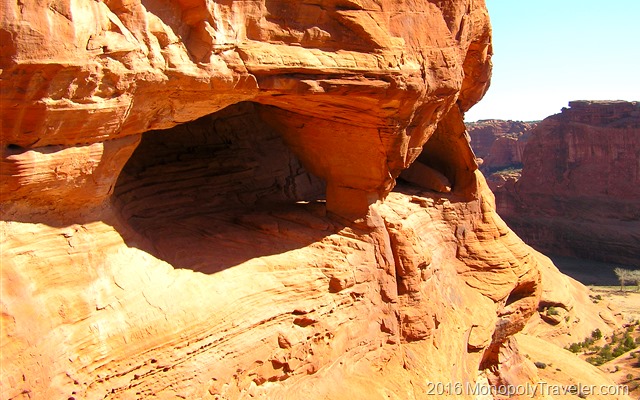
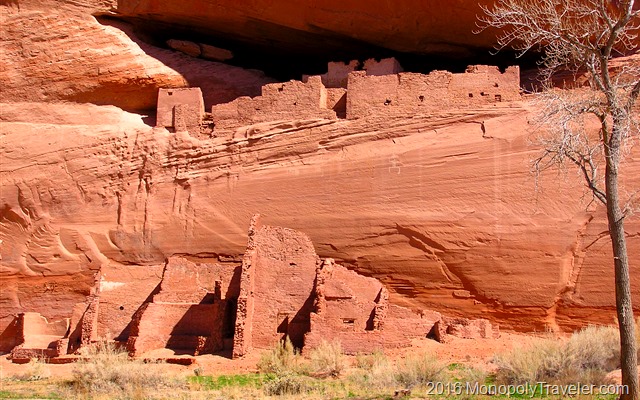
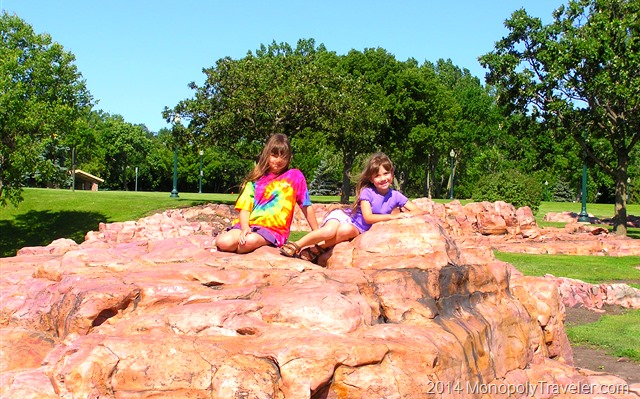

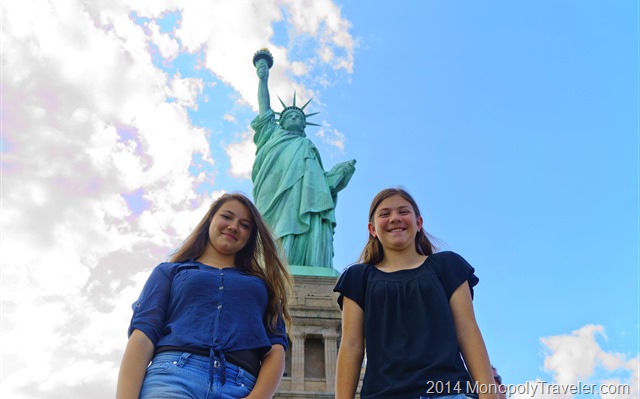
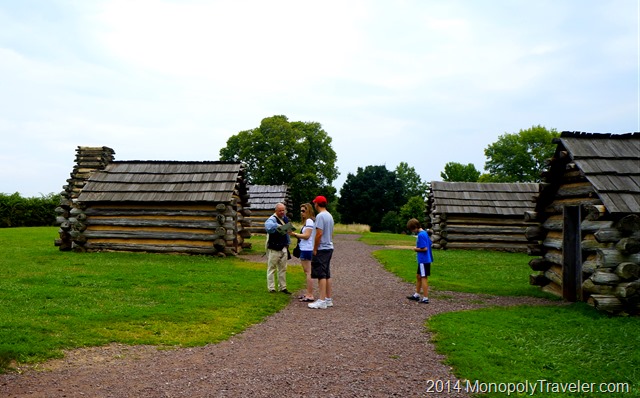
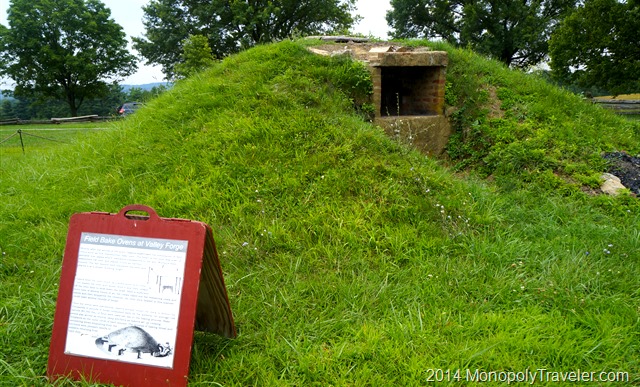
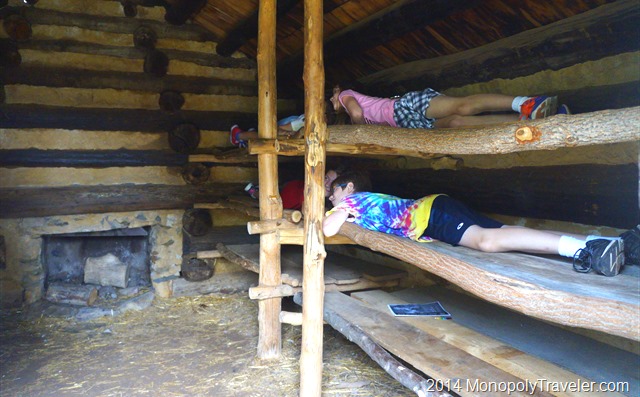
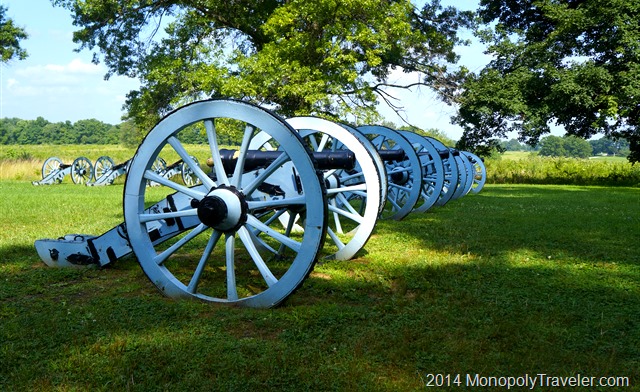
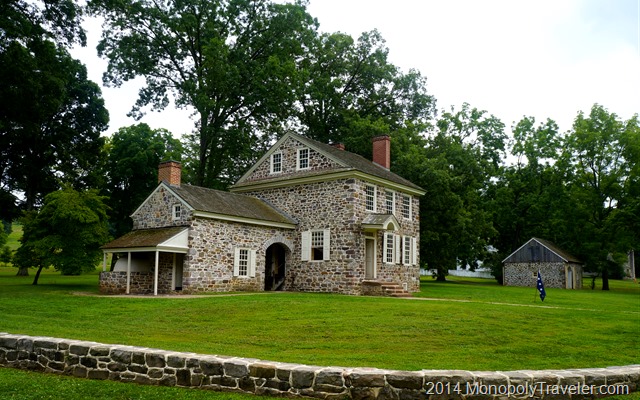
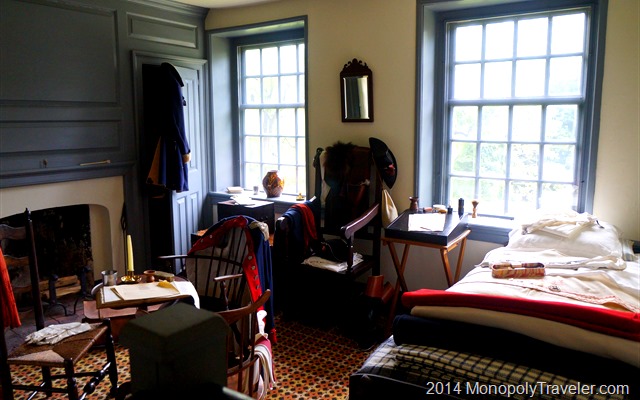








 I was browsing for some images for an upcoming post and ran across a new edition of Monopoly National Parks. Apparently this version was released sometime in 2012. You can get a little more information at
I was browsing for some images for an upcoming post and ran across a new edition of Monopoly National Parks. Apparently this version was released sometime in 2012. You can get a little more information at 

![DSC00811_thumb[14] DSC00811_thumb[14]](http://monopolytraveler.com/blog/wp-content/uploads/DSC00811_thumb14_thumb.jpg)
![P8120207_thumb[11] P8120207_thumb[11]](http://monopolytraveler.com/blog/wp-content/uploads/P8120207_thumb11_thumb.jpg)
![Isle Royal 2012 211_thumb[18] Isle Royal 2012 211_thumb[18]](http://monopolytraveler.com/blog/wp-content/uploads/Isle-Royal-2012-211_thumb18_thumb.jpg)
